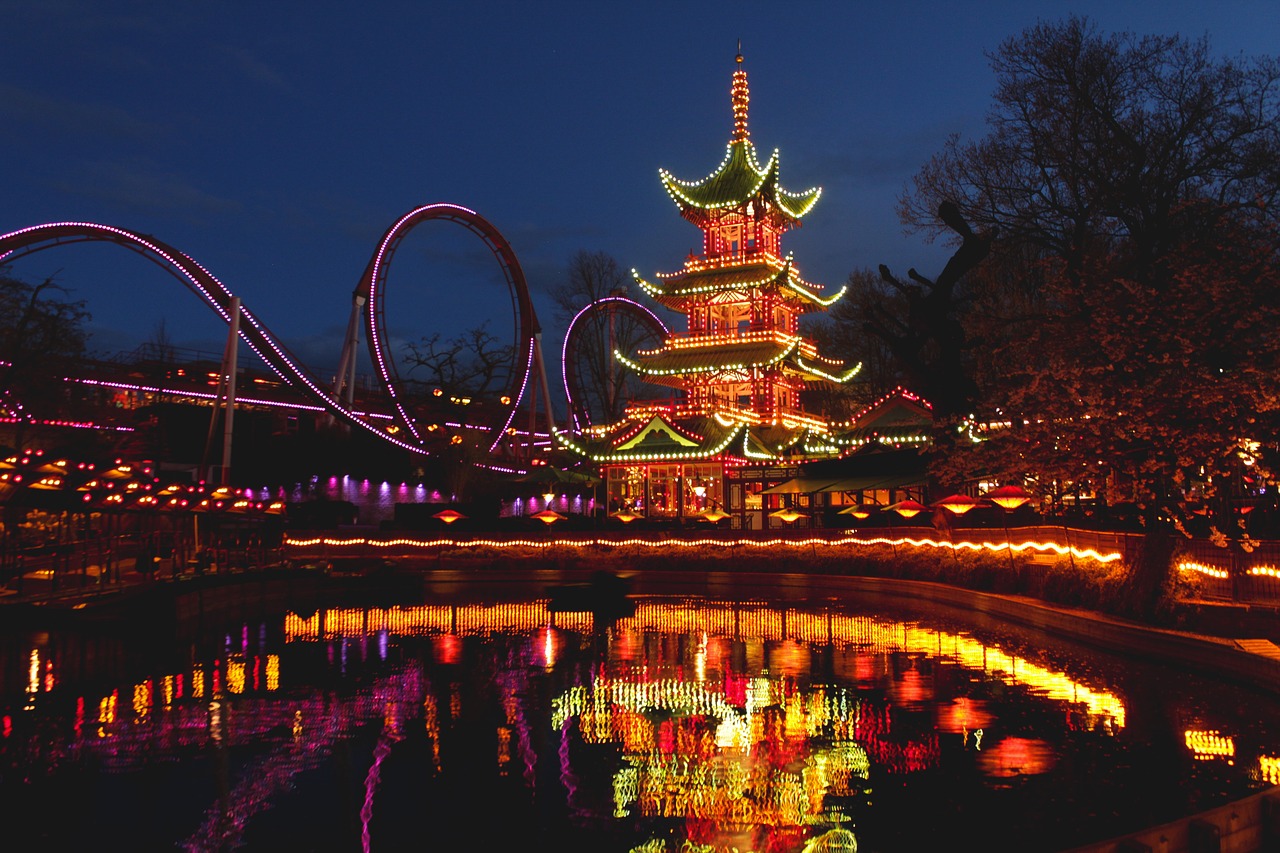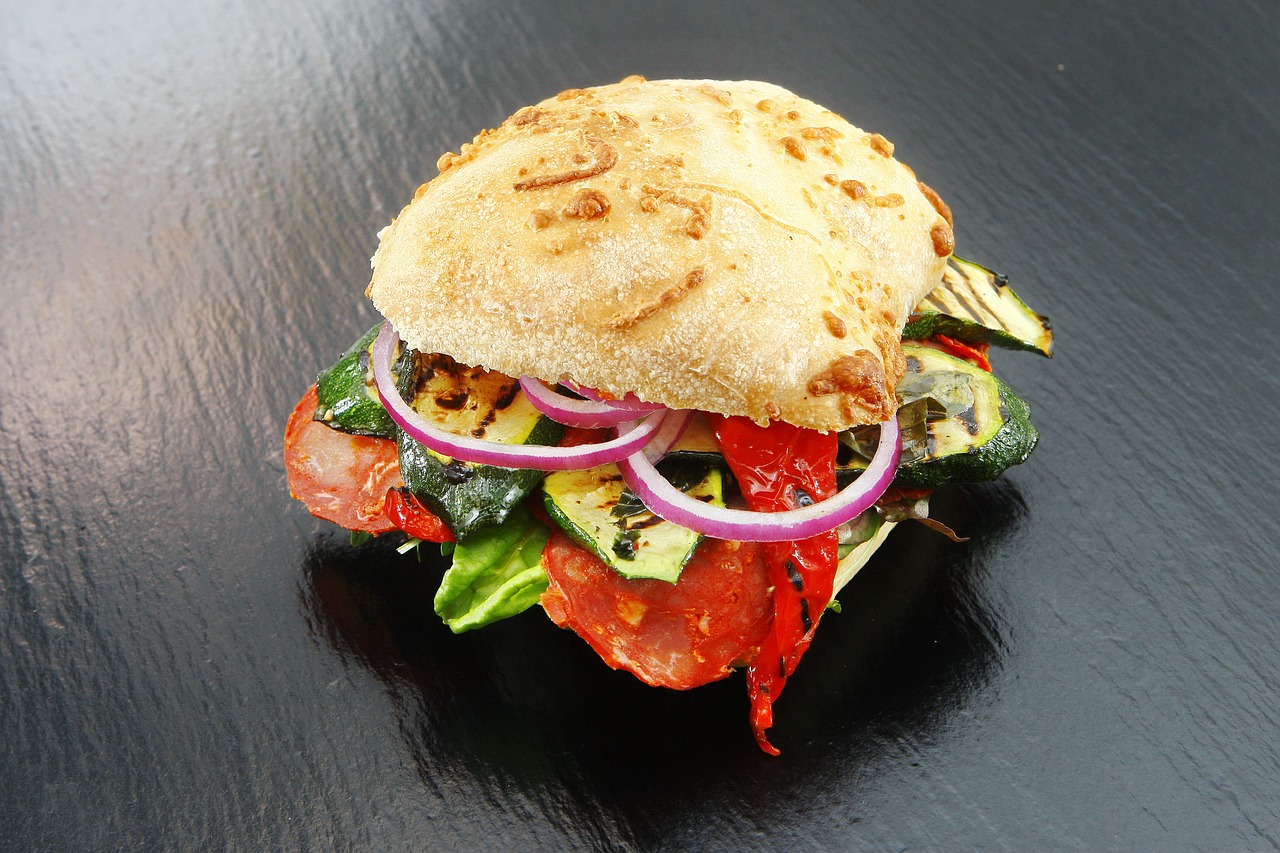
As the capital of the oldest kingdom in the world, royal Copenhagen has many interesting landmarks and architectural masterpieces that witness about Danish history. Right in the centre of the city you'll find as many as four royal palaces, of which Amalienborg Palace is the residence of Queen Margrethe ll.
Palaces, churches and statues - this is only the one side of the city. Copenhagen is also the place where several astonishing modern architectural project have been completed. The Royal Opera, The Black Diamond, The Royal Danish Playhouse, and art museums Arken and Ordrupgaard are the new landmarks of Copenhagen.
The little mermaid
Every Danish sailor who ever stood on a deck knows that the waters of Øresund used to be full of Mermaids. According to a legend, the home of all mermaids was the Mermaid Banks in Øresund - the very same place where today the Copenhagen's most famous attraction - Little Mermaid - sits on a rock.
The sculpture was commissioned in 1909 by the Carlsberg brewer Carl Jacobsen, impressed by the ballet "The little Mermaid" based on a fairy tale written by Hans Christian Andersen. The sculptor Edward Eriksen sculptured the mermaid in bronze, using his wife Eline as a model for the body. The head was modelled after a primaballerina Ellen Price.
The Little Mermaid is really little - the city's attraction #1 is only 1.25 metres/4 feet high. The fairy tale is a tragic story of a mermaid, the youngest daughter of a sea king, who wants her soul to have an eternal life, like humans have. Mermaids live only 300 years, and then they turn into sea foam. The Copenhagen's Little Mermaid has been sitting on her rock since 1913, so she still has some more years to go.
Kastellet
This Copenhagen fortification was planned and commenced by Christian IV and expanded by Frederik III after whom it's named.
The official name is the Citadel Of Frederikshavn but for centuries it has been Kastellet in every day's speech. This Copenhagen fortification was planned and commenced by Christian lV and expanded by Frederik lll after whom it's named.
Inside the Citadel the king even planned to build a royal palace. A dream which never came through, but a church was built within the Citadel as well as a prison, a windmill, Commandant's quarters and other houses. Kastellet was in use during the Battle of Copenhagen in 1807. The worst blow in modern time to this historic site came when Germany invaded Copenhagen in 1940. The German troops landed right here at Kastellet and blew up one of the 17th century portals.
Today Kastellet is open to the public and many choose it for a stroll.
Københavns Rådhus
The construction of Københavns Rådhus (The City Hall) and the City Hall Square in 1892-1905 started a new era in Danish architecture.
Material and craftsmanship became more important than to follow the established trends of the day. The architect Martin Nyrop got many followers and the City Hall of Stockholm, Sweden, is partly a copy of the building. The tower is 105,6 metres high which makes it the tallest buildings in the city.
Many official receptions are held here, and when the Queen celebrates the official part of her birthdays, it's on the balcony of the City Hall that she waves to her subjects.
Rådhuspladsen (The City Hall Square) is almost 30,000 square metres big; like Piccadilly Circus in London or Times Square in New York, it is a real center of the city and a venue of many events.
Gefionspringvandet
Gefionspringvandet (The Gefion Fountain) is the largest monument in Copenhagen. The fountain is to Copenhagen what the Fontana di Trevi is to Rome, a wishing-well. The goddess Gefion is the fountain's main figure.
The fountain is situated at the end of Amaliegade, near the Kastellet, and was donated to the city of Copenhagen by the Carlsberg Foundation on the occasion of the brewery's 50-year anniversary. The artist, Anders Bundgård, sculpted these huge naturalistic figures in 1897-99, and the fountain was inaugurated in 1908.
The legend tells us that long before the dawn of our civilizations the powerful goddess Gefion was given land by the Swedish king Gylfe. Well, not really given for nothing, hard work was involved. King Gylfe told Gefion that she could plough up as much land as she could for one night and one day and it would all be hers to do with whatever she wanted. Gefion turned her four sons into big strong oxen and plough they did! When time expired she put all the earth into the Øresund and created Zealand, the very island where Copenhagen is situated today.
The big hole which Gefion left in the ground, when her ploughing was done, is now the lake Vänern, north of Gothenburg, in Sweden. And if you don't believe it just look at a map and you'll find that Zealand and Vänern are shaped alike.
Dragør
The village of Dragør, on the southeastern coast of the island of Amager, is located only 12 km from central Copenhagen, but the town is not a part of the urban area of Copenhagen.
Dragør has many well preserved historical buildings. The old part of the town is a cozy, picturesque maze of alleys with yellow-painted houses, red roofs, and cobblestone streets built in the traditional Danish style. Many of these buildings are hundreds of years old.
Dragør was a prosperous seafaring town in the latter half of the 19th century, and its charming harbour front is still in use.
History
Dragør was founded in the 12th century, and grew quickly as a fishing port. In 1370, the Hanseatic League was granted some trade privileges in the town. Dragør continued to grow - as the home of one of the largest fishing fleets in the country and as a base for salting and processing fish.
The first part of the name, Drag-, refers to drawing (dragging) boats ashore. The ending -ør is common in Scandinavian placenames and means a beach covered in sand or gravel.
The area has a Dutch ancestry that is still much in evidence. In the early 16th century, King Christian II invited a group of farmers from the Netherlands - at the time a more agriculturally advanced nation than Denmark - to settle in the area and produce food for the royal household. Twenty-four families arrived. They and their descendants settled in the village of Store Magleby.
Tensions between the Dutch farmers of the inland and the Danish fishermen and sailors at the coast are still detectable now, with a certain rivalry between citizens of Store Magleby and Dragør. The Dutch peasants delivered vegetables to the Amagertorv market in Copenhagen. Among their many other achievements they were responsible for introducing the carrot to Denmark. Dutch and Low German were still spoken on Amager until the 19th century.













